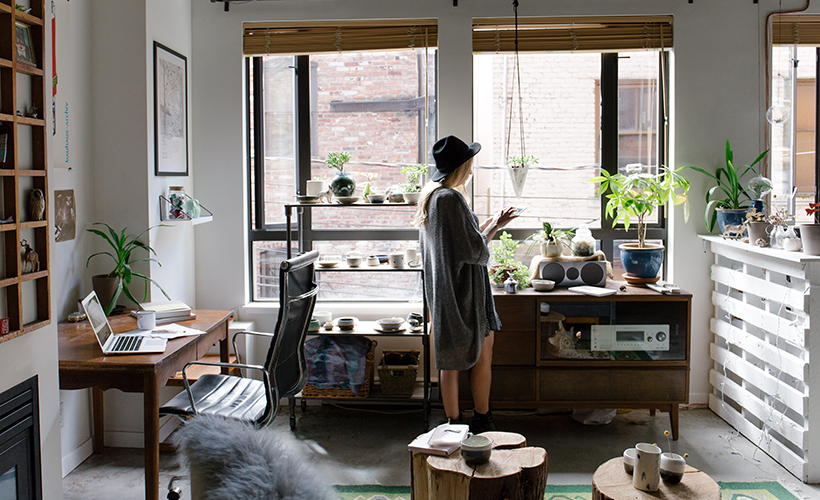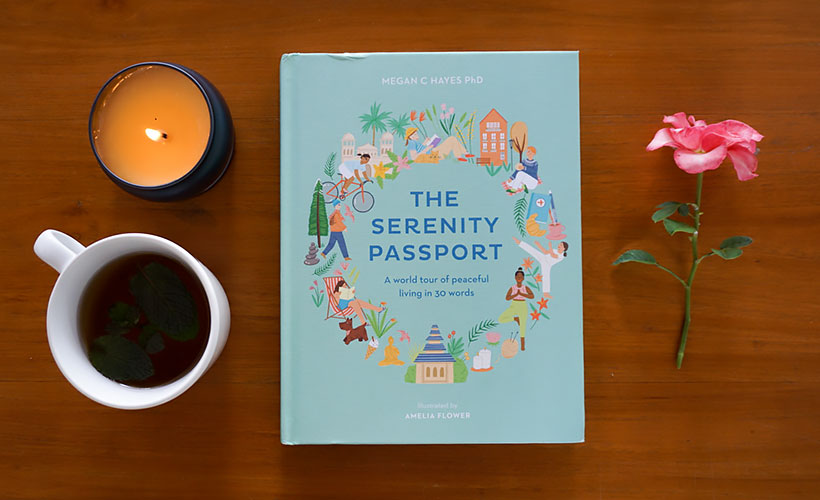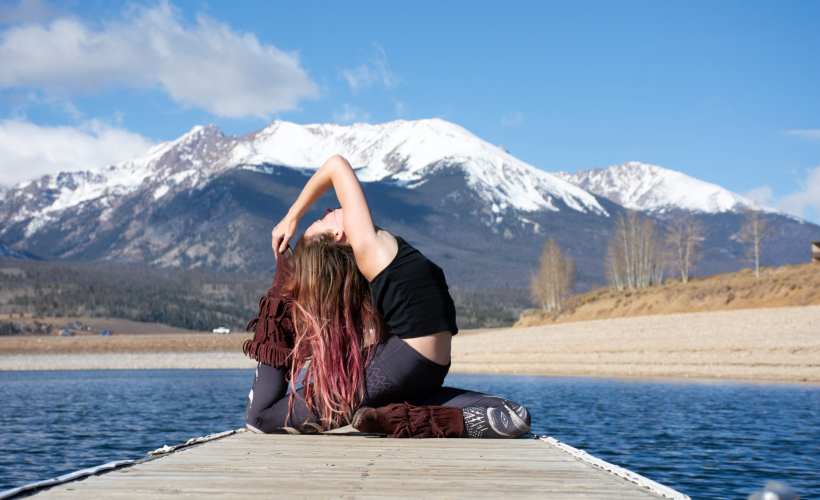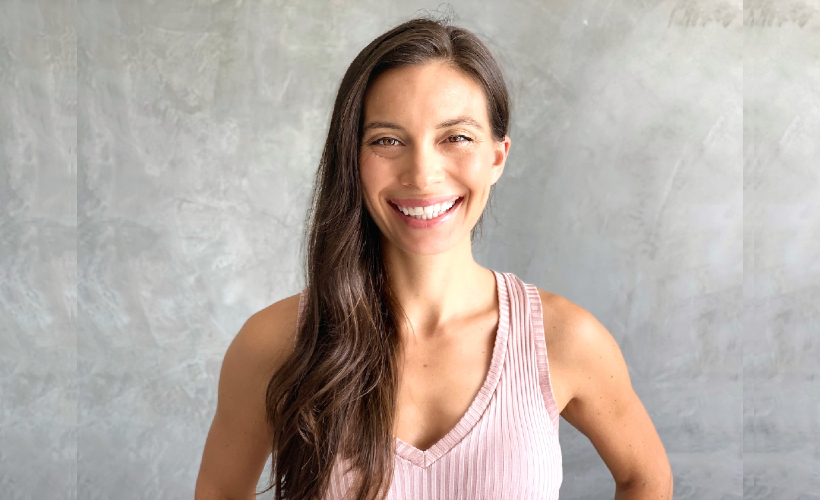
One of the main challenges each of us is facing during the current COVID-19 pandemic is how to maintain our mental and emotional health. Change has been rapid and wide-spread, causing many of us to feel unsafe and uncertain. As we come to realise ‘back to normal’ may no longer exist, how can we maintain our mental and emotional health in the ‘new normal’? We addressed these issues in a live session of Hello Zafigo Session #3, and culminated it with a question and answer session.
The foundation of embracing change can be a shift in our mindset (the way we are thinking). Although it sounds simple, our minds often reject change and overcomplicate this. From there, we can explore how to apply this mindset shift to embrace staying still where we are. We’ll also explore simple, effective tools you can use to maintain this mindset shift and your mental health.

1. How to shift your mindset
The way we experience any situation can be directly influenced by the way we are thinking about that situation. Many people are now saying that we are not going back to ‘normal’ or the way things used to be. Whilst we are yearning to go back to the way things were, for the most part that’s not available for us. Here are four steps we can take to shift our mindset to accept these changes.
Firstly, remember that change is the only constant. Change is happening all around us every day. Our lives would be less meaningful and fulfilling if every day was exactly the same as the day before! Reminding ourselves of all the changes we’ve endured before can support our acceptance of all the changes happening now.
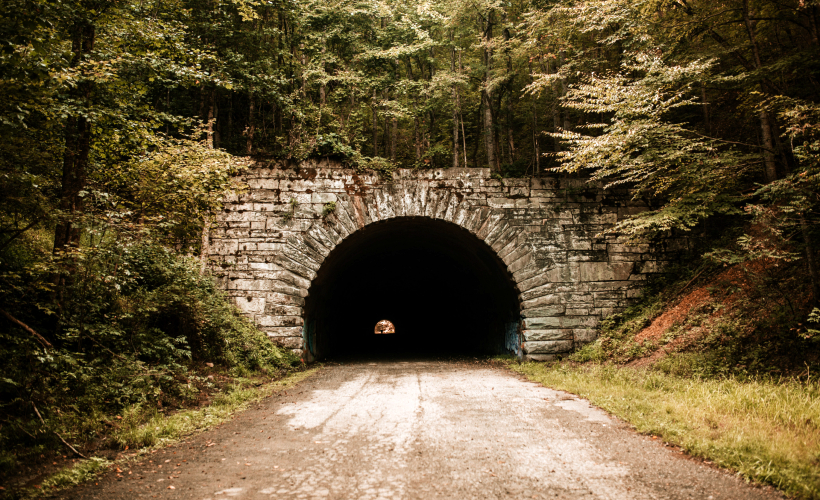
Next, realise that change always creates a period of unknowing. Learning how to be in the unknown is like being in a dark tunnel. We know there’s a light at the end, but we’re not sure how far away it is or what will happen on our way to it. Instead of fighting against and resisting the darkness in the tunnel, we can learn to be in it. When we can be in the dark tunnel, we can then see more clearly that this is the place where opportunity and potential are. When nothing is quite decided on yet, new opportunities can be open to us.
Another step towards shifting the way we approach change is to adopt a learning mindset. When we have a learning mindset, we are open to any situation being something we can learn from. In the simplest terms, we accept that not knowing is okay, and continue doing what we can to learn.
The fourth is to adapt, adapt, adapt! Adapt to the new changes. Humans can be extremely adaptable and adjust to new conditions. When we resist the need to adapt is when we can get stuck and miss out on opportunities. Keep trying new things to adjust to the changes and new circumstances.

2. How to live well while staying still
For so many of us, the pandemic has caused travel to completely stop. Especially for constant travellers, this can be a very challenging adjustment. Here are a few ways you can create wellness in your life without travel.
To begin, take a few moments and ask yourself: what did the experience of travel give me? The challenge here is to look for those experiences and qualities in your everyday life. For example, if you travel to see the beauty in other places, how can you find more beauty in your life today?

Then, start to harness your adaptability. Every time we travel we must adapt our way of living to a new environment. Now we’re needing to adapt our home environment to the way we’re living. How can you adjust the way you do things to work in your home environment? This may require more patience, flexibility, trial-and-error, and taking phone calls in your wardrobe or car, but you can do this!
The third part is all about being creative! How can you create travel experiences at home? Our minds are much more creative than we give them credit for. Use this creativity! Try daydreaming – giving yourself permission to let your mind wander off to a destination. Or bring different scents and aromas into your home that remind you of your travels.
 If uncertainty is wearing you thin, here’s some expert advice on how you can help yourself or a loved one: Looking After Your Mental Health During COVID-19 According To A Clinical Psychologist
If uncertainty is wearing you thin, here’s some expert advice on how you can help yourself or a loved one: Looking After Your Mental Health During COVID-19 According To A Clinical Psychologist
3. What tools can I use now to improve and maintain my mental health?
The first thing I always recommend is to adopt a form of mindfulness. The way I define mindfulness is: becoming aware of what is happening within you and around you right now. There are many ways to create this awareness. A few to try first are deep breathing, meditation, and journalling. They are free, simple, and highly effective when practised regularly.
Another simple, free tool is to create ‘check-ins’ throughout the day. At a check-in, you simply take a mental note of how you are feeling (physically and emotionally), what you are thinking, and what you need at that moment. Check-ins allow you to stay aware of what is happening within you throughout the day, and to take action accordingly.

The next tool is to use your own discernment to choose what you allow from the external world into your inner world (your mind). The external world can be brought in through the media, what friends and family are saying, social media, and any other external sources. Discernment is using your best judgment, and in this case, recognising what is positive/negative, healthy/unhealthy, and so on for you. If you’re not sure, try looking deeper.
Finally, the last tool for living well is to ask for support. The keyword here is ‘ask’! Look around you – who can you ask for support? Start by writing a list of those people and/or places. Include those outside of your immediate friends and family. Some areas of support to explore are: mental/emotional, physical, financial, spiritual/belief system, work, home, so on. Look outside the box of what feels comfortable. There is an abundance of support, but we must look for it and ask for it.
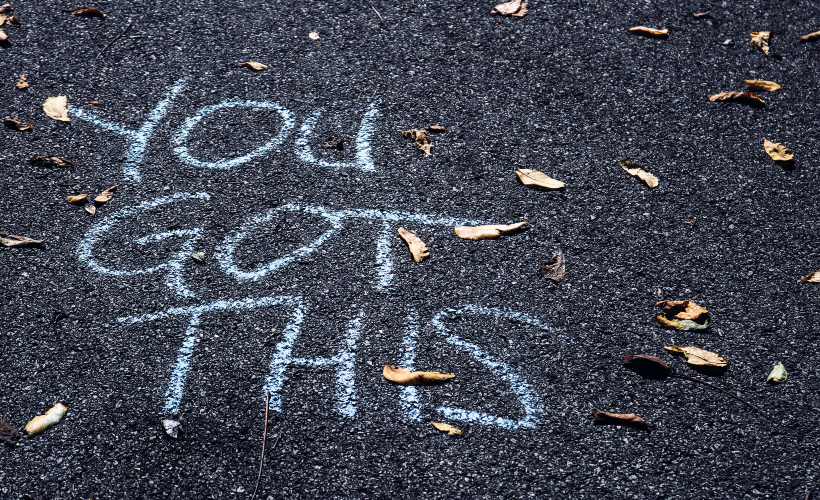
A few other considerations from the live Q&A:
? Health boundaries. Creating healthy boundaries will help to maintain your mental health by showing others how to treat you and creating safety for yourself. One of the ways this shows up is through personal space. For example, if you’re feeling overwhelmed by someone else, express that you need some quiet time and are going to take a break. The check-ins and mindfulness tools can help you navigate this.
? Self-awareness. Try thinking of the emotions you experience as visitors to your home – your home being your mind and body. Start to become aware of ‘who’ is visiting and how you react when they are in your home. For example, if you are feeling fear, invite fear into your home and get to know fear. Notice your thoughts and feelings when fear is around. This kind of self-awareness of your emotions is a powerful foundation for maintaining emotional health.
? Social media use. The platforms we engage with on with social media can be a form of connection and empowerment, just as much as they can be a form of isolation and negativity. Using check-ins and discerning what promotes a positive mental state versus what doesn’t can help you to use social media in an empowering way. I provide a few more tips on my blog if you’d like to explore further.
I’ll leave you with this thought: In the future, when you look back at this time, how are you going to end this sentence: “Remember back in 2020 when the world stood still…”
Download Amanda’s presentation here.
Enjoyed this session of Hello Zafigo? Sign up with us for the latest updates and to stay informed of upcoming sessions.
